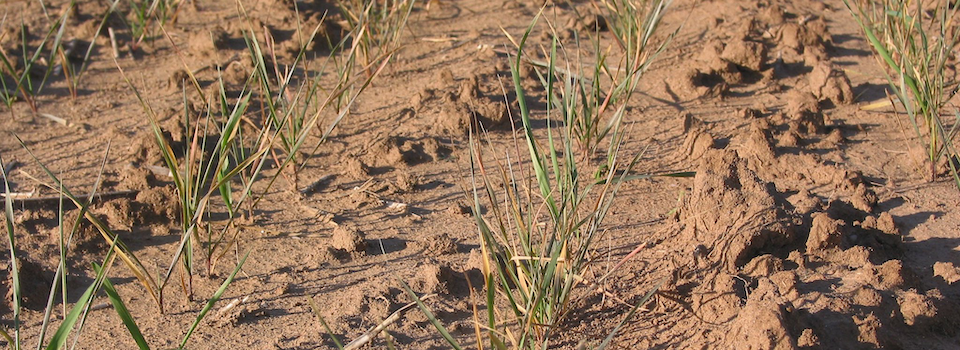On the surface, using nitrogen-based fertilizers within crop fields seems like an all-around good practice for producers who are noticing nutrient deficiencies in their soils.
Yet, after years of heavy administration, below-ground issues become more likely, said Kansas State University soil fertility specialist Dorivar Ruiz Diaz.
“Acidification of soils is a natural process that happens over time,” he said. “But when we use a lot of nitrogen fertilizer – the main source of acidity – that process accelerates, and things like aluminum toxicity can occur.”
Aluminum toxicity stunts plant root development and limits their ability to take in nutrients. Ruiz Diaz said the practice of liming or administering carbonates (either calcium and magnesium) to balance a soil’s pH will reverse these effects and benefit fields in other ways.
“Removing aluminum toxicity will give roots better access to water and other nutrients in the soil,” he said. “The efficacy of some herbicide treatments is going to be better as well because they require an optimum pH range to perform successfully.”
He added: “Both of those things will lead to an increase in bushels per acre and overall yields.”
However, one of lime’s main challenges includes its cost – especially transportation. For this reason, Ruiz Diaz proposes a a variable rate liming strategy, which may cut expenses and prevent overapplication.
“Even in uniform and flat fields, if we spread a blanket rate of lime, there could be places where we are over-applying and places where we are not putting enough down,” he said.
“If we spread too much, then the opposite effect takes place, and a field’s pH is going to be too high, which decreases the availability of some of the micronutrients like zinc.”
Depending on the soil type, lime application may need to be done every 8-10 years, according to Ruiz Diaz.
Winter wheat growers should start applying lime now to realize its benefits in the upcoming growing season, said Ruiz Diaz.
“Lime requires at least 4-6 weeks to change the pH of the soil,” he said. “The speed of that reaction will depend on moisture and temperature, but we still want to do this ahead of the planting that will start in late September and early October.”
Adequate moisture and moderate temperatures will quicken the effects of a lime application.
“Rainfall is a big driver,” Ruiz Diaz said. “If growers have good moisture after a lime application, that is very beneficial because it will speed up the lime’s reaction process. If the weather is dry, the lime will sit on top of the soil because it needs water to help dissolve the lime.”
Ruiz Diaz said producers can practice liming in conventional and no-till cropping systems, noting that growers see more favorable results when lime gets tilled in.
“After tillage, a more uniform reaction happens in the soil,” he said. “However, in no-till scenarios, the lime can be applied to the surface and is expected to react with the upper 3 inches only.”
If a producer suspects acidity, Ruiz Diaz suggests sending soil samples to the K-State Department of Agronomy Soil Testing Lab to determine pH levels, and then consulting with local extension offices in Kansas for more liming recommendations.


